Australia
Economic growth rate in Australia

Learn what the economic pundits think about the Australian Economic Growth in the coming years and understand what it means for your plans to study in Australia.
Australia has long attracted immigrants – people aspiring to travel to the country and settle their. The period of stay may vary, but the continent country has a lot to offer. Truly, the country is formed of people from all over the world, who came looking for adventure and made it a part of their life. This was bolstered by country’s immigration policy that continues to call out for skilled workers and professionals to meet its ever increasing demand. Australian Universities had the biggest calling card and rose rapidly forth in international rankings with ease of admission and visa guidelines. At the turn of this decade, however, a series of natural disasters and the world financial crisis adversely affected the productivity of the country, dipping its economic growth rate considerably. The downturn in the economy raised many eyebrows but Australia was able to make a quick recovery. This continues, however, what is the forecast for the Australian Economy in terms of jobs creation and opportunities to find relevant jobs after completing your education? The answer is, it is fairly positive.
Economic Growth Rate
Australian economy recorded a growth rate of 2.5 percent in the last year. Going forth, though the industries are shifting and unemployment is holding steadily at over 6 percent, the future holds promise.
Australian Economy is projected to rebound by 2017 with a projected growth rate of 2.9 percent. Also, the recent trend shows an increased unemployment rate, the expected cut in rates and a steady inflation rate all point towards a stable economy.
Both Standard and Poor and Moody rates Australia as stable and have given the country an economic outlook ranking of AAA and Aaa, respectively.
Sector wise break up of GDP
Australian economy is widely a service oriented economy with the service sector contributing to 68.7 percent in the GDP, followed by Industry at 27.4 percent and Agriculture at 3.8 percent as per 2014 figures.
While Mining industry is still recuperating from the spate of natural disasters that affected the country in 2010, it has started showing positive signs of improvements. Service industry continues to draw positives and show a growth. The inflated housing prices, however, seem to have a negative impact on the overall consumer sentiment in the regions of Sydney and Melbourne and shift the economic activity centres to Darwin and Perth. Darwin, especially, shows a rather positive employment rate with high amount of activity and influx of private players.
This does not mean Sydney and Melbourne are bad, just that there are cities other than the favourites which are opening up the opportunities for young graduates, making it a higher probability city to find suitable employment.
To conclude, Australia continues to hold promise. The country’s visa and immigration laws along with the demand for a lower demographic and skilled workers remains high, making it a lucrative study abroad destination. The popular job sectors of Australia continue to create a steady (if not increasing) demand for fresh professionals and the outlook should remain favourable till 2020.
BackPopular University
Popular Destination
© 2015 - 2024 World Wide College - All rights reserved.





























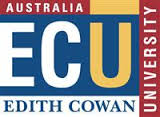
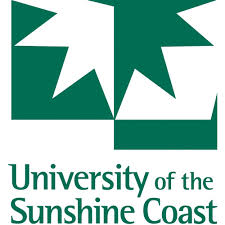

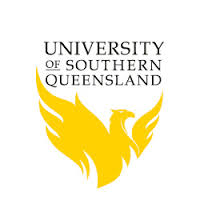





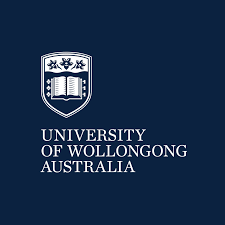










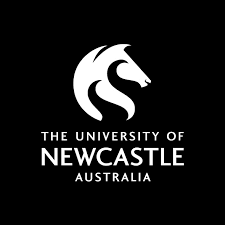




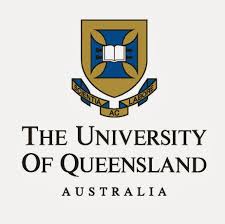


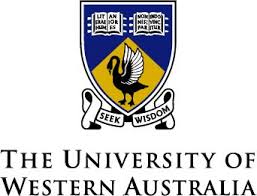










 Ask Our Counsellor
Ask Our Counsellor Education Loans
Education Loans Visa Process
Visa Process Scholarships
Scholarships Value Added Services
Value Added Services Psychometric Tests
Psychometric Tests 




